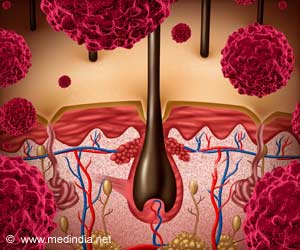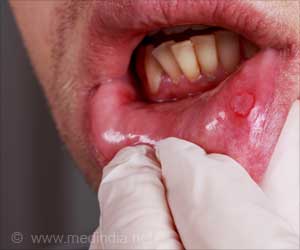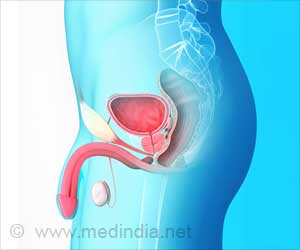They found important declines in deaths from lung, prostate and colorectal cancers in men, as well as in breast and colon cancer among women. Lung cancer deaths were still on the rise among women but this increase slowed, according to the report.
"The significant decline in cancer death rates demonstrates important progress in the fight against cancer that has been achieved through effective tobacco control, screening, early detection, and appropriate treatment," U.S. Centers for Disease Control and Prevention Director Dr. Julie Gerberding said in a statement.The annual decline in cancer death rates from 2002 to 2004 was nearly twice the decrease of 1.1 percent per year from 1993 through 2002.
"The evidence is unmistakable: we are truly turning the tide in the cancer battle," said John Seffrin, executive officer of the American Cancer Society. "The gains could be even greater if everyone in the U.S. had access to essential health care, including primary care and prevention services."
An estimated 1.4 million Americans will be diagnosed with cancer this year, according to the American Cancer Society, and 560,000 will die of it.
The study was conducted by the National Cancer Institute, the CDC, the American Cancer Society and the North American Association of Central Cancer Registries.
The report finds the incidence of female breast cancer dropped substantially from 2001 through 2004. "This drop is possibly related to declining use of hormone replacement therapy as well as the recently reported decline in use of screening mammography," the groups said in a joint statement.
Advertisement
COLON CANCER DOWN
Advertisement
Drops in the lung cancer rate can be directly linked to reduced tobacco use -- rates are still going up among women, who began smoking in large numbers long after men did, but also began to kick the habit later.
"The long-term federal investment in cancer research is paying off," said Dr. Nancy Davidson, president of the American Society of Clinical Oncology.
"But this impressive pace of progress will slow if we don't recommit to funding cancer research. Adjusted for inflation, cancer research funding has actually declined 12 percent since 2004 -- this has never happened in our nation's history," Davidson added in a statement.
"Without additional funding, the chance to build on the extraordinary progress to date, and provide new treatments for 1.4 million Americans diagnosed with cancer every year, will be delayed or lost."
The American Society of Clinical Oncology has asked for a nearly 7 percent increase in the National Institutes of Health budget.
Source: Reuters
SPH/C










